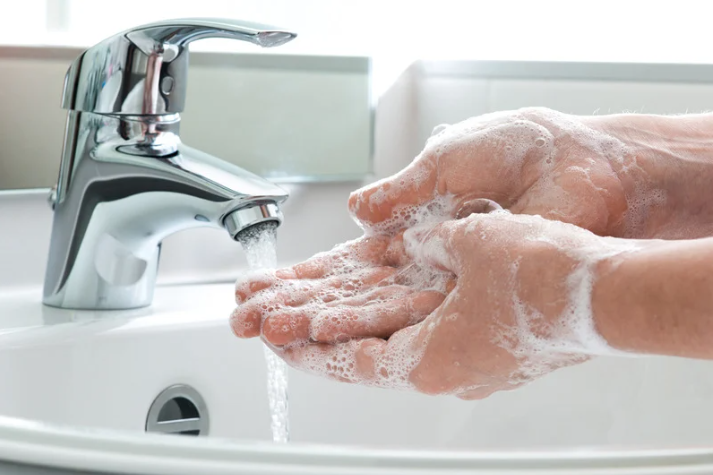There are many liner choices today, including many environmental options. These choices enable a facility manager to match the liner to the disposal needs for safer, more efficient waste management.
When making your liner choice, refer to this Quick Glance Liner Chart for the basics.
| Bag Configuration / Assets | Benefits | Types of Waste |
| High Density | About 3x stronger than ordinary polyethylene; has Wide temperature resistance, Vapor Barriers, and is Less expensive |
Heavy waste with no sharp edges, such as office, restroom, or school classrooms. |
| Low Density | Maximum puncture and tear resistance | Waste with sharp or jagged edges. Good for foodservice/kitchen trash; Medical centers. |
| Milimeter Thickness | Food Waste or glass – 3 mil Plastics – 1.5 mil or thicker |
|
| Flat Seal | Somewhat leak-proof, No compromise on length, Does not conform easily to waste receptacle | Can be used for wet waste, but not the best choice. Good for dry trash. |
| Gusset Seal | Can leak with wet trash | Dry waste. Not ideal for foodservice, wet trash. |
| Star Seal | Eliminates leaks, Conforms better to receptacle | Best for wet or liquid waste disposal. |
In addition to liner basics, we also carry liners treated with Microban. Microban Antimicrobial Product Protection inhibits the growth of bacteria on the bag and will not wash off or wear away. The liners are actually manufactured with the protection built-in to the manufacturing. This protection helps curb the growth of bacteria that can cause odors commonly found on trash can liners.
> Read more about Microban Antimicrobial Protection
> View Banner’s line of trash liners



